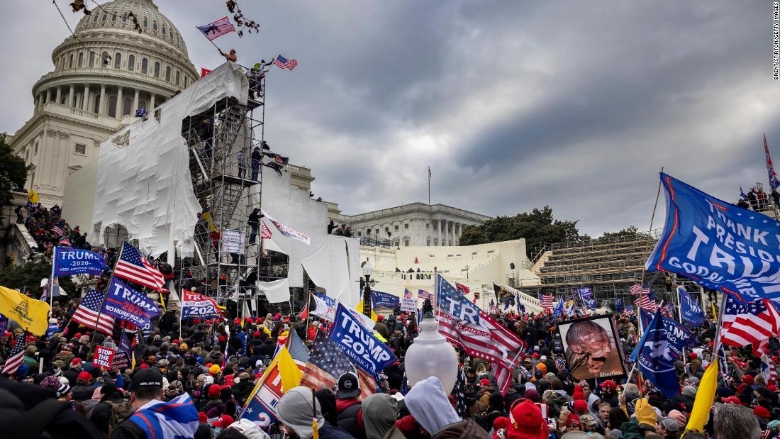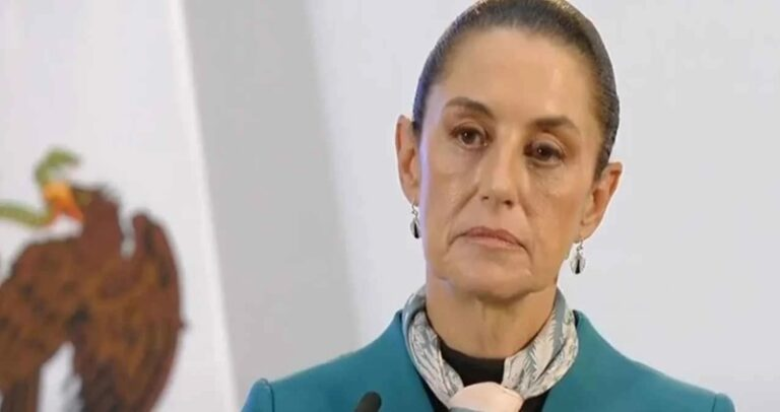The Justice Department’s Inspector General, Michael Horowitz, has released an explosive report confirming that the FBI used undercover sources during the January 6, 2021, Capitol riot. This report resolves long-standing speculation about law enforcement’s involvement in one of the most contentious events in modern American history.
The 84-page document reveals that the FBI deployed 26 confidential human sources (CHS) in Washington, D.C., on January 6. Most were unpaid, and several infiltrated restricted areas alongside protesters. Four of these sources entered the Capitol building itself during the riot.
While the deployment of such sources may seem routine in monitoring high-profile events, Horowitz emphasized that the FBI did not authorize any of these individuals to enter the Capitol or violate any laws. To date, none of the undercover sources who breached restricted areas or the Capitol have faced criminal charges.
Eric Thompson Podcast
Horowitz’s investigation highlighted significant procedural failures in the FBI’s planning and response to January 6. One major shortcoming was the agency’s failure to consult with field offices before the event—a step that could have strengthened coordination with federal and local law enforcement.
During an interview with Horowitz, FBI Deputy Director Paul Abbate acknowledged this lapse, describing it as a missed “basic step.” The Inspector General noted:
“While the FBI undertook significant efforts to identify domestic terrorism subjects who planned to travel to the Capitol region on January 6 and to prepare to support its law enforcement partners if needed, we also determined that the FBI did not take a step that could have helped the FBI and its law enforcement partners with their preparations in advance of January 6.”
Since the Capitol riot, the Department of Justice (DOJ), led by U.S. Attorney Matthew Graves, has charged over 1,500 individuals in connection with the events. Charges range from minor trespassing violations to more serious offenses, including assaulting law enforcement officers and property destruction.
The riot itself was sparked by supporters of then-President Donald Trump protesting the certification of the 2020 presidential election results. It has since become a defining moment in U.S. political discourse, prompting ongoing investigations and sparking debates over accountability and law enforcement practices.
For years, Trump supporters and conservative voices have claimed that law enforcement might have played a role in orchestrating or facilitating the events of January 6. Horowitz’s report, however, found no evidence to support these allegations.
The Inspector General’s conclusions were based on interviews with more than 200 witnesses and the review of hundreds of thousands of documents. Despite this, the presence of undercover FBI sources at the Capitol has drawn criticism, with some arguing it blurs the line between intelligence gathering and potential entrapment.
Horowitz’s findings provide critical insight into the FBI’s actions during January 6, highlighting not only the deployment of undercover sources but also significant gaps in agency preparedness. The report underscores the need for clearer guidance and better coordination in handling large-scale, politically sensitive events.
It also raises broader questions about accountability. While the use of confidential human sources is a common tactic in federal investigations, their actions—especially when they enter restricted or illegal spaces—can complicate public perceptions of law enforcement’s role and intentions.
The report is likely to fuel ongoing debates over the federal government’s response to the Capitol riot, as well as broader concerns about the balance between security and civil liberties. As Horowitz’s findings are dissected, lawmakers, legal experts, and activists may call for reforms in how law enforcement agencies use undercover operatives in politically charged situations.
The investigation also underscores the complexities of addressing domestic unrest in a polarized political climate. While the Capitol riot remains a flashpoint, its legacy continues to shape discussions on law enforcement transparency, federal accountability, and the protection of constitutional rights.
As inquiries into January 6 continue, Horowitz’s report will likely serve as a reference point for future evaluations of law enforcement practices. The findings highlight both the FBI’s significant efforts to gather intelligence and its critical missteps in preparation.
Ultimately, the report offers a window into the federal government’s actions during one of America’s most consequential days and underscores the need for careful scrutiny of law enforcement methods in the years ahead.



Kash Patel knows where to start. Evry FBI agent assigned to HQ, Washington Field Office, or any “special projects” needs to be suspended until they can be investigated and cleared of this covert warfare against the American People.
Then he needs to look at any agents promoted to GS-14 or higher during the Obama or Biden years, especially if they were in HQ or WAFO.
Finally, congress needs to initiate legislation to split the Bureau into two separate entities, one to conduct counterintelligence and security investigations and ops, and one to investigate federal crimes. Having both missions in one bureau just invites this kind of activity because when the line between missions blurs it’s easy to ignore,